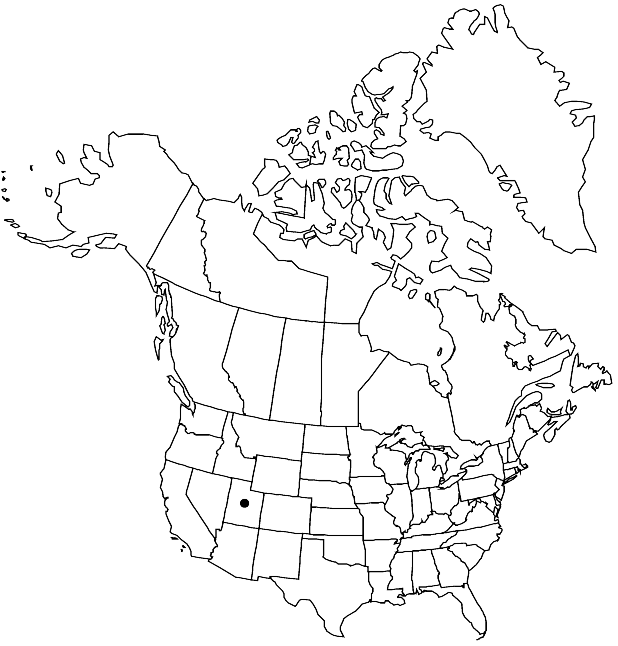Difference between revisions of "Hesperidanthus argillaceus"
Harvard Pap. Bot. 10: 50. 2005.
FNA>Volume Importer |
imported>Volume Importer |
||
| (One intermediate revision by the same user not shown) | |||
| Line 57: | Line 57: | ||
|publication year=2005 | |publication year=2005 | ||
|special status= | |special status= | ||
| − | |source xml=https:// | + | |source xml=https://bitbucket.org/aafc-mbb/fna-data-curation/src/2e0870ddd59836b60bcf96646a41e87ea5a5943a/coarse_grained_fna_xml/V7/V7_1188.xml |
|tribe=Brassicaceae tribe Thelypodieae | |tribe=Brassicaceae tribe Thelypodieae | ||
|genus=Hesperidanthus | |genus=Hesperidanthus | ||
Latest revision as of 22:30, 5 November 2020
Perennials. Stems simple or few from caudex, erect, (few-branched distally), 1.3–3 dm. Leaves subsessile; blade linear or linear-lanceolate, 0.9–4cm × (0.8–)1–3(–6) mm, base cuneate to attenuate, margins entire, apex acute. Racemes 5+-flowered. Fruiting pedicels suberect, ascending, or divaricate, straight or curved upward, 7–18 mm. Flowers: sepals purple, 4.2–6.5 × ca. 1.5 mm; petals white or lilac (with darker purple veins), 8–11 × 2.5–4 mm, claw undifferentiated from blade; filaments 1.5–2.5 mm; anthers oblong, 1–1.5 mm; gynophore 0–0.3 mm. Fruits curved, terete, 1.8–5.5 cm × 1–1.2 mm; ovules 54–62 per ovary; style subclavate, 0.5–2 mm; stigma flat, obscurely 2-lobed. Seeds 1.5–1.8 × 0.7–0.9 mm.
Phenology: Flowering Apr–Jun.
Habitat: Desert shrub or sagebrush communities, rocky slopes, shale barrens
Elevation: 1400-1800 m
Discussion
Of conservation concern.
Hesperidanthus argillaceus is restricted to the Uinta and upper Green River shale formation in Uintah County.
Selected References
None.
